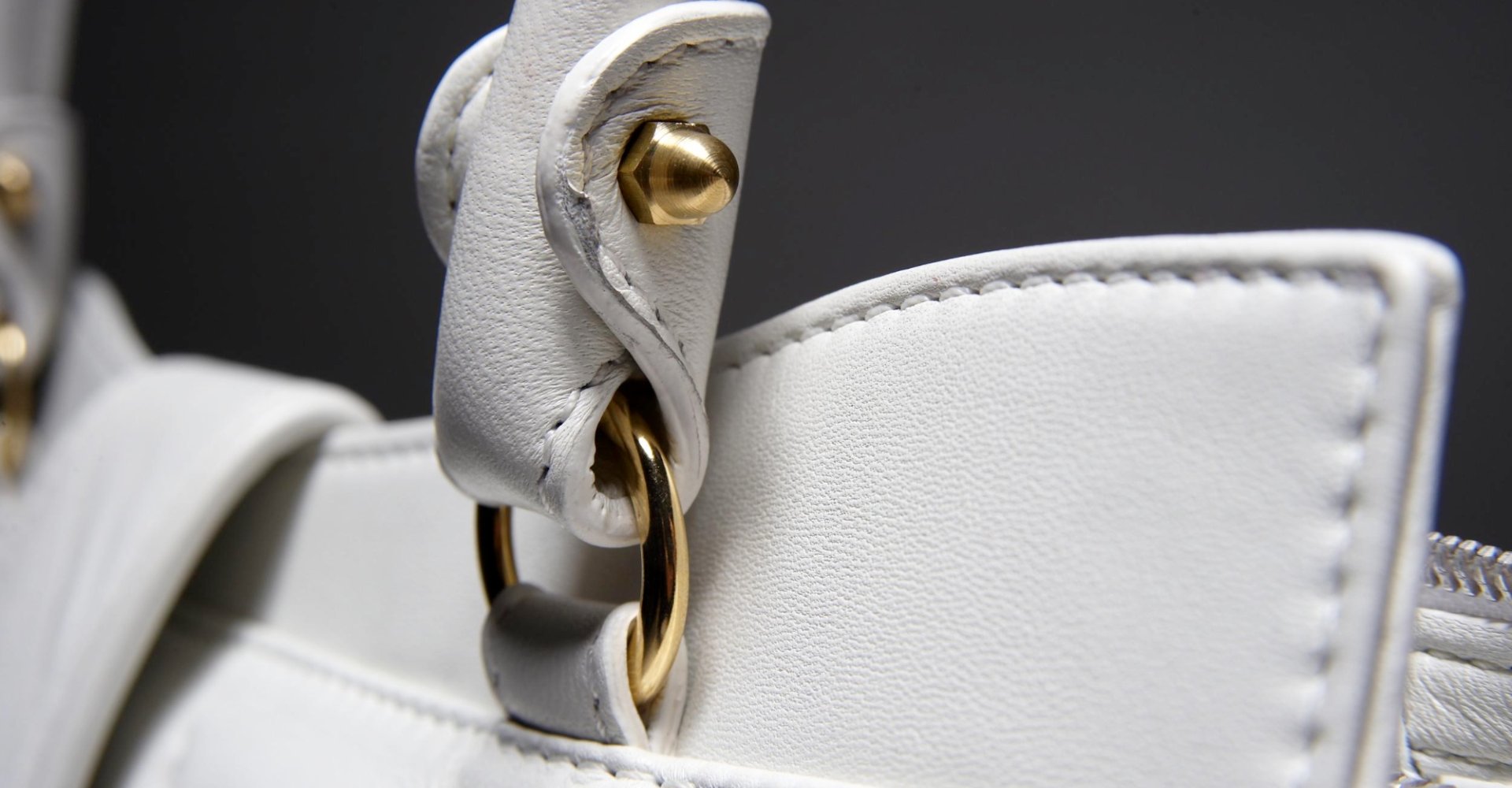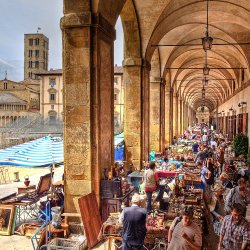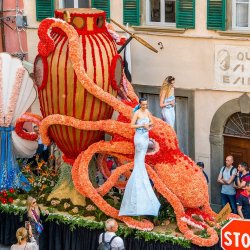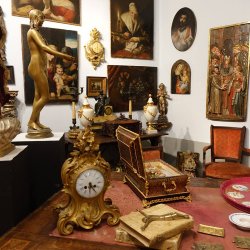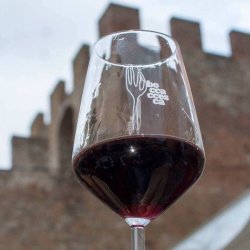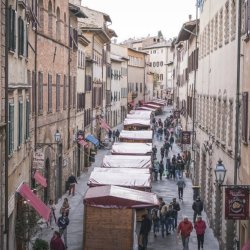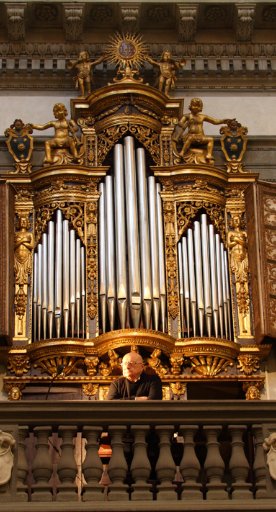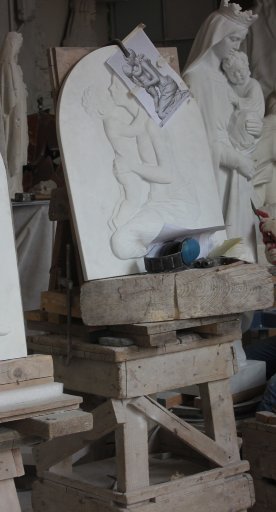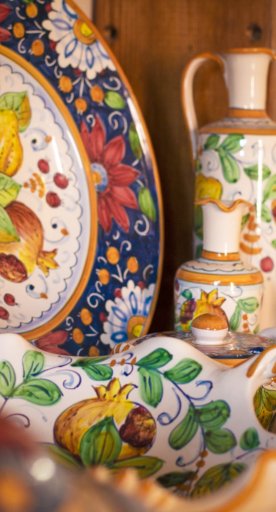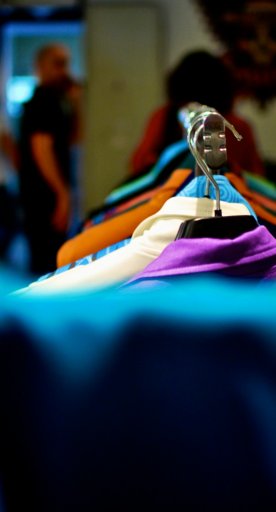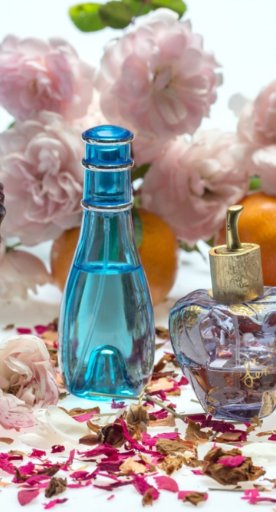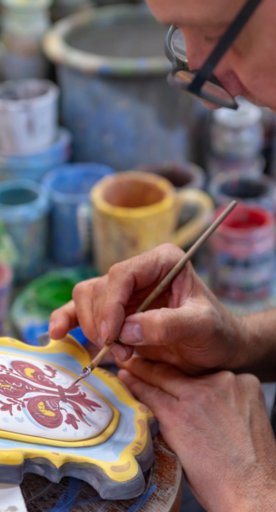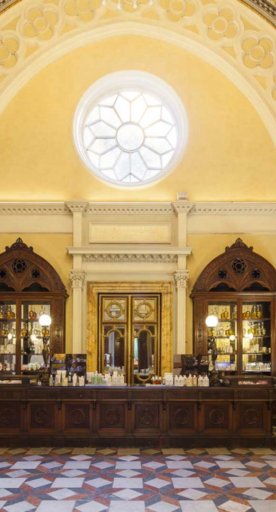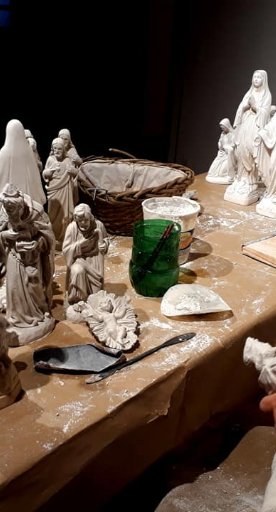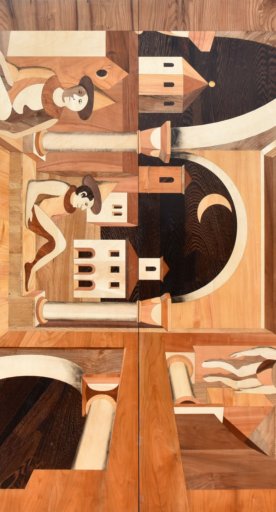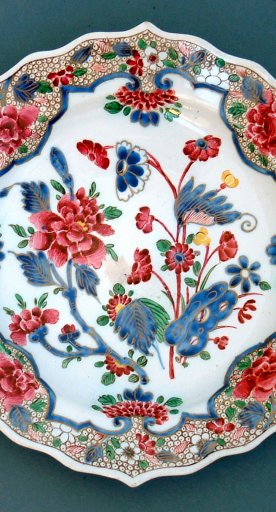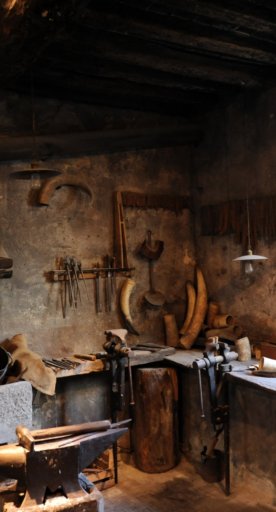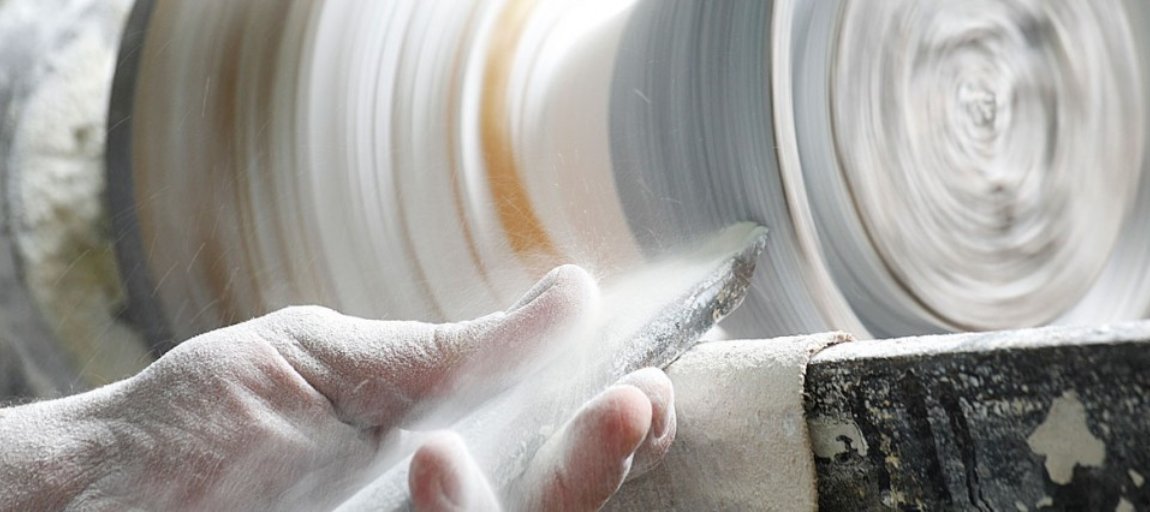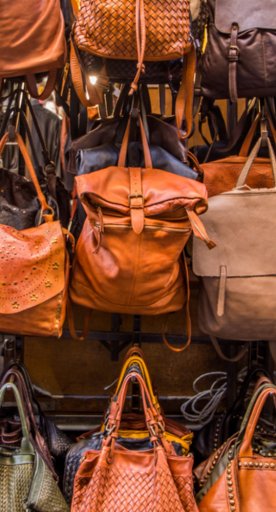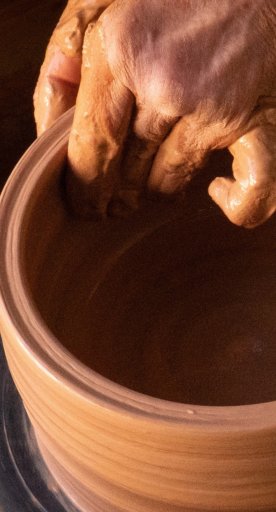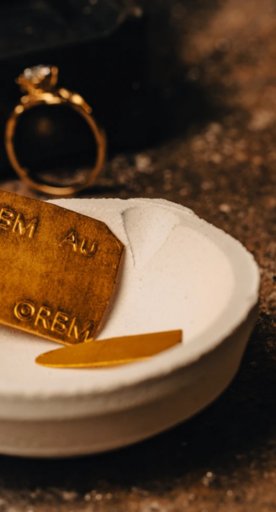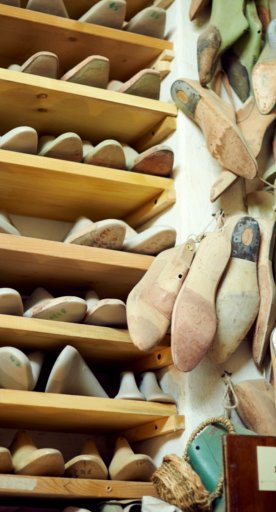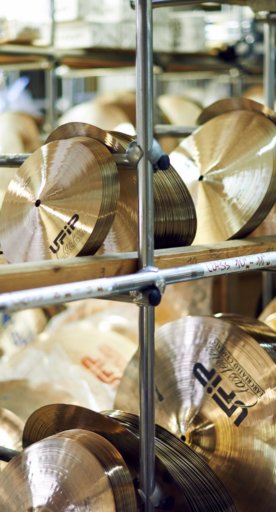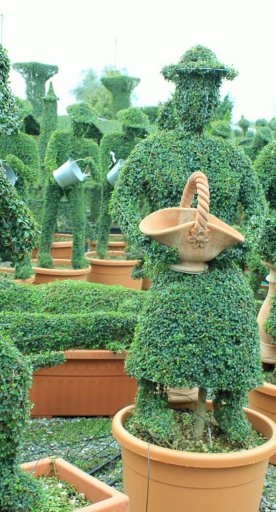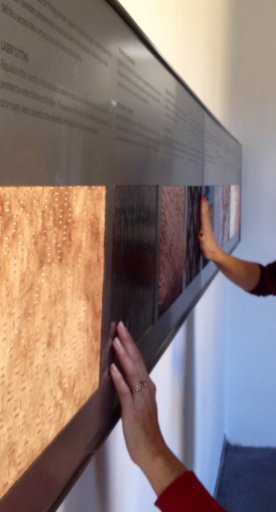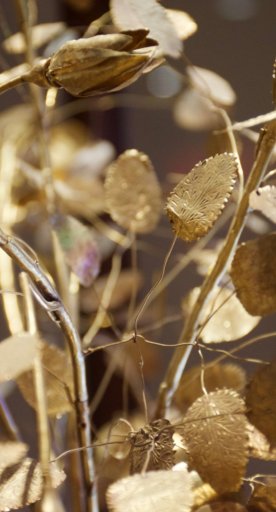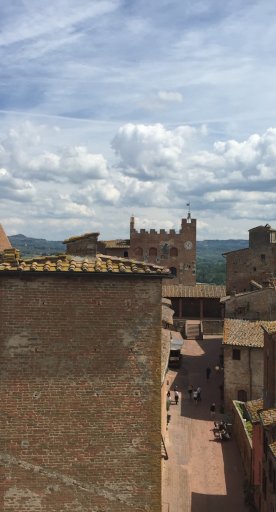5 souvenirs from Tuscany
From leather to ceramics many quality alternatives
A vacation in Tuscany is always the right opportunity to choose some gifts for friends and relatives. Every village, every city of art has its own excellence and a strongly rooted tradition, which the skilled hands of artisans and farmers transform into products of great value. Whether it be a bottle of wine, a piece of pottery, or a leather bag, a Made in Tuscany souvenir is always appreciated.
-
1.Leather garments and objects
-
2.Clothing and accessories
-
3.Ceramics and earthenware
-
4.Jewelry and precious metals
-
5.Food and wine products
Leather garments and objects
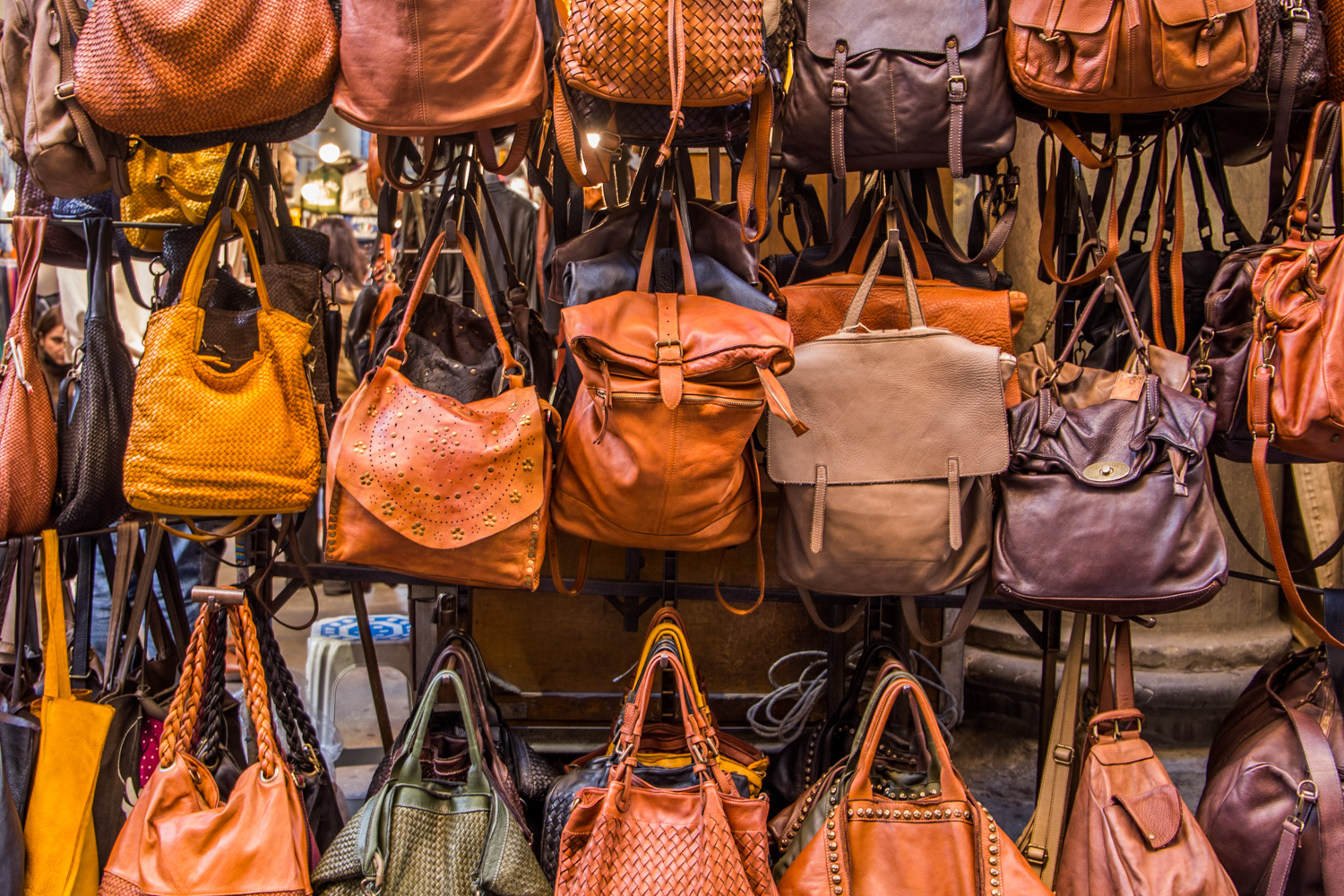
Tuscany has been famous for leather since the Middle Ages, an ancient tradition that is still carried on today in the leather district of Santa Croce sull'Arno, between Florence and Pisa. Here the activity of tanning and leatherworking has been documented since the 14th century, where the art of leatherwork was already being taught.
The leather goods of Santa Croce has become a Made in Italy excellence, recognized worldwide for its very high quality. Wallets, bags, belts, jackets and shoes are among the most sought-after and appreciated products for their durability, fine finishes and special features.
Clothing and accessories
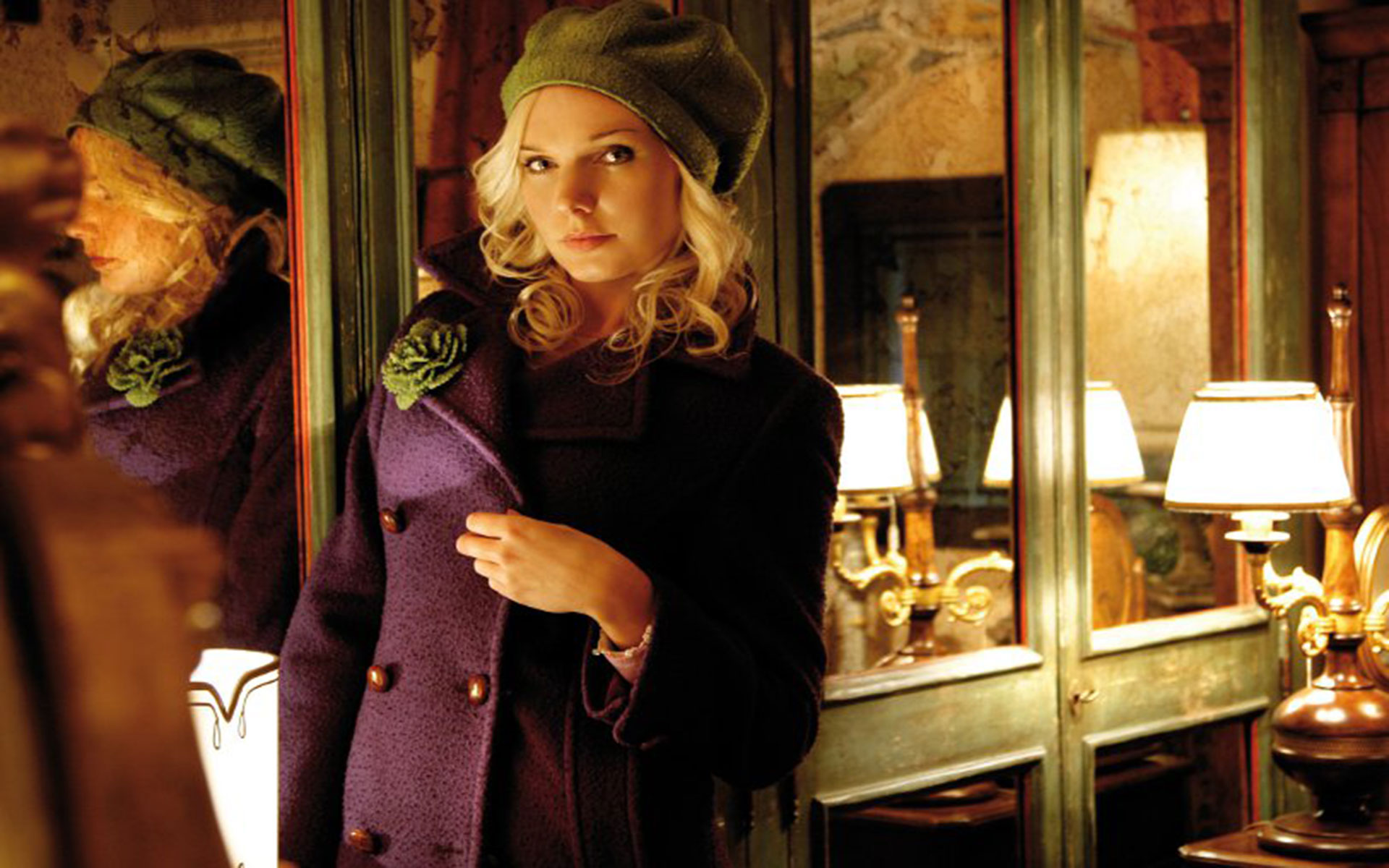
Tuscany is among the regions of Italy specializing in productions of excellence for the fashion and handicraft sectors. There are numerous quality workmanships throughout the territory, such as the production of textiles in Prato, which has developed since ancient times and has become one of the main ones throughout Italy.
In and around Pistoia, on the other hand, the ancient tradition of the art of embroidery is guarded, with the creation of splendid lace and embroidery, while in the Casentino the famous cloth, originally used by shepherds and woodcutters and now a symbol of Tuscan craftsmanship, is produced. Straw hats are made in and around Florence, which over the centuries have become synonymous with quality and tradition throughout the world.
Ceramics and earthenware
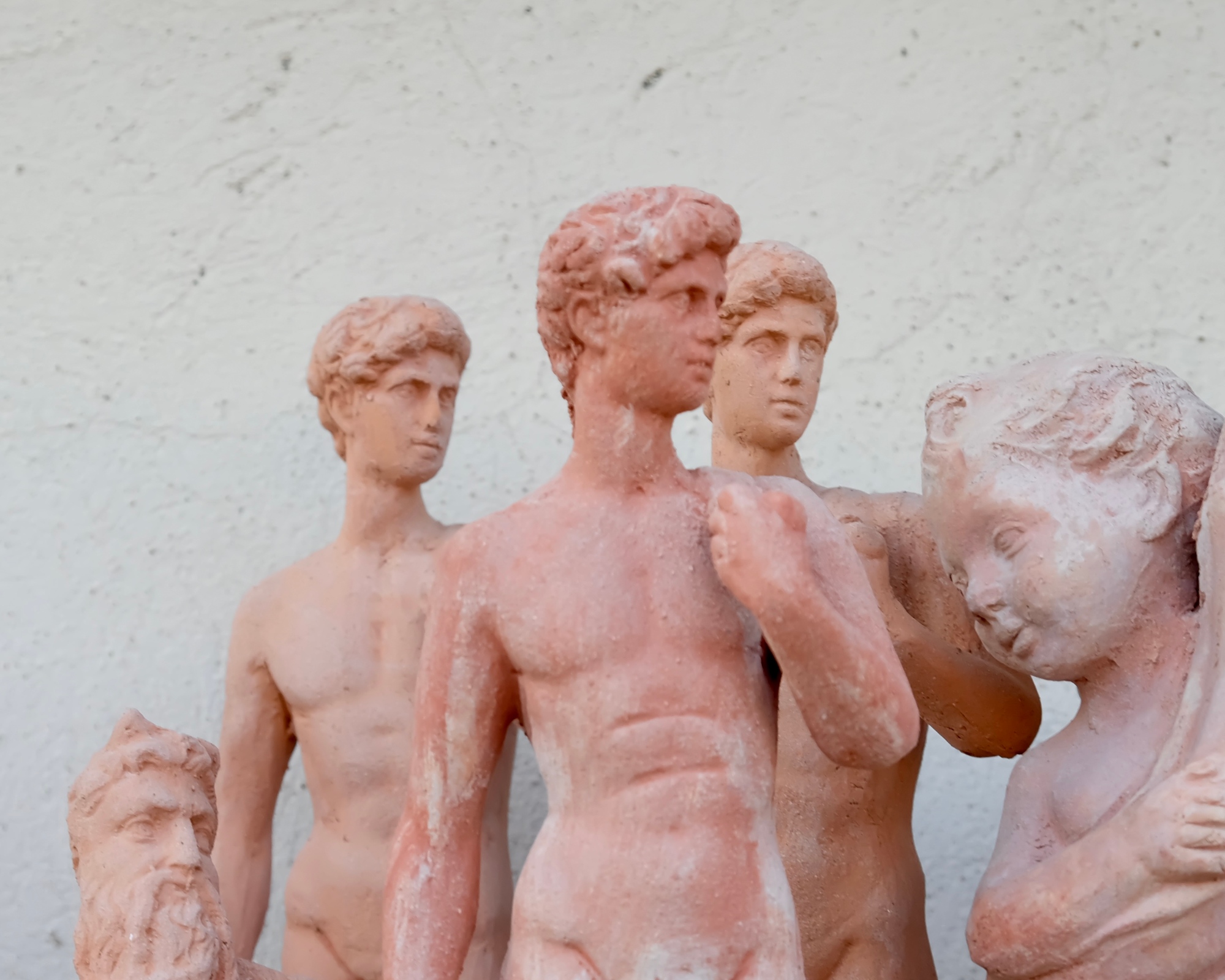
The art of ceramics has its roots in the Middle Ages, when it was discovered that the banks of the Arno river were rich in clay in the Montelupo Fiorentino area. So it was that the manufacture of majolica developed, which soon became an artistic tradition known throughout Europe for its quality and is still today.
Something very similar happened with the Impruneta terracotta, which became a benchmark for furniture and construction thanks to the quality of the raw material extracted in this area close to Florence, and the skillful working of the terracotta. A curiosity: the Cupola del Brunelleschi (the Dome by Brunelleschi) is entirely covered with terracotta tiles from Impruneta.
Jewelry and precious metals
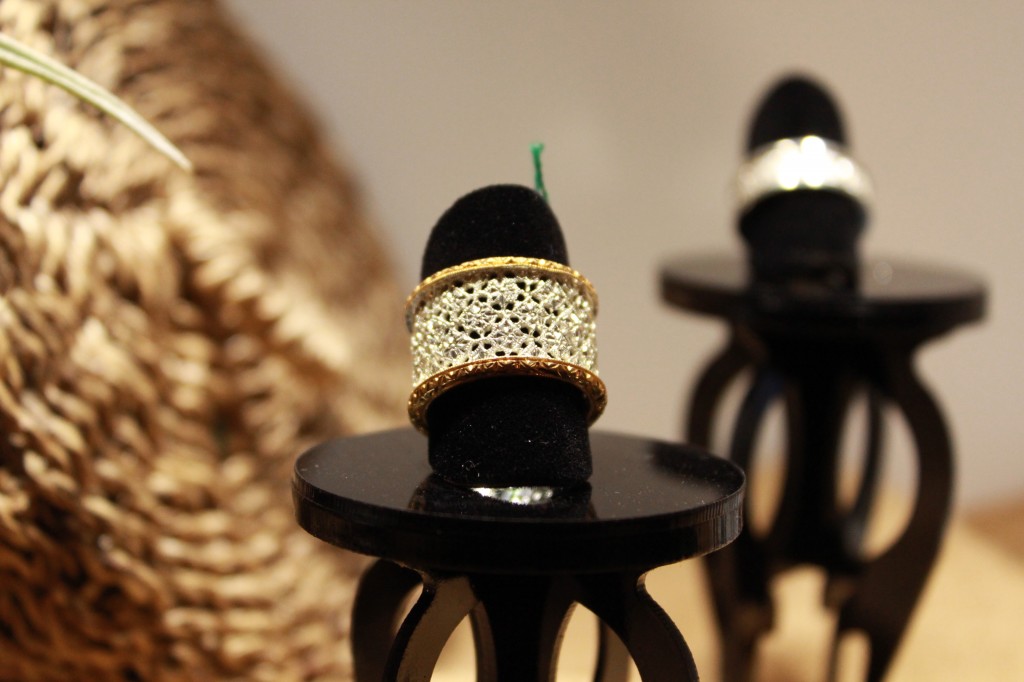
The forging of metals to create jewelry is a long-standing tradition in Tuscany, which began with the Etruscans, continued in the Renaissance with artists such as Benvenuto Cellini, and has become the excellence of modern times. This is evidenced by the many goldsmith stores on Ponte Vecchio, which have showcased wonderful earrings, necklaces, bracelets and gold objects since 1442.
Arezzo, instead, is called the "city of gold" thanks to the numerous small-sized and big-sized workshops, producing unique and original pieces by talented master goldsmiths.
Food and wine products
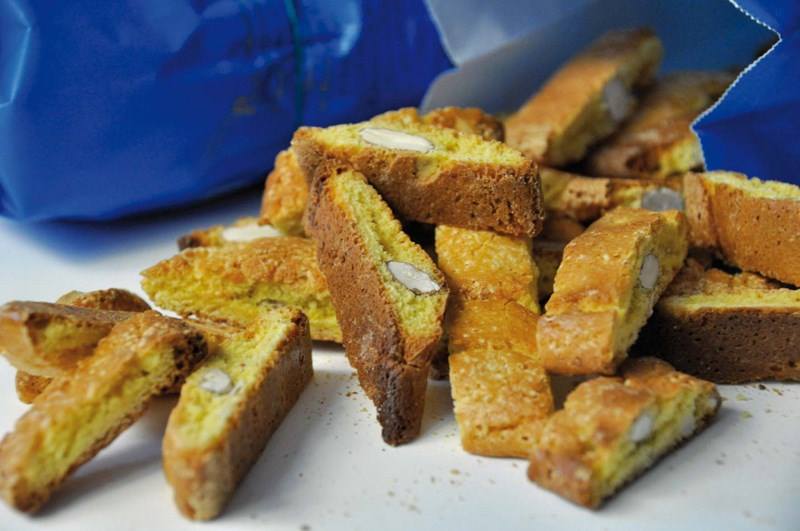
Last but not least are the souvenirs of culinary tradition. In fact, the first thing that comes to mind when thinking of Tuscany is certainly good food accompanied by a good glass of wine. There is no shortage of choice on the long Tuscan wine list, which includes 11 DOCG, 41 CDO and 6 PGI wines.
To accompany the wine the possibilities are numerous as you can choose from the many PDO and PGI products, such as cheeses and cured meats, but also chestnut flour and sweets such as the Panforte di Siena and the Cantucci.
